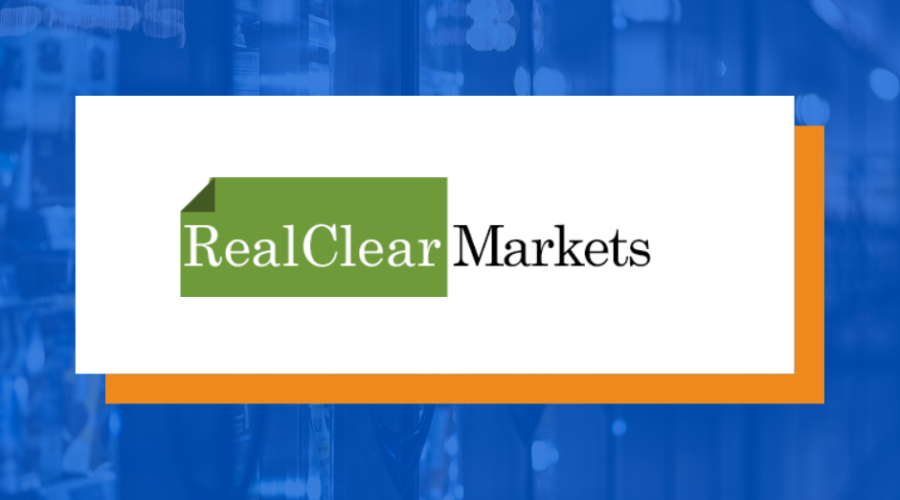Move aspartame way down your worry list
Lots of things are ‘possibly’ carcinogenic, depending how and in what quantities you consume them
The International Agency for Research on Cancer (IARC), a body associated with the World Health Organization, recently announced it will classify the artificial sweetener aspartame as “possibly carcinogenic.” The agency has yet to reveal the full data set on which this decision is based but whatever the upcoming release says, the announcement already has many consumers worried about their intake of sugar substitutes.
The truth is that aspartame is safe for consumption. The WHO’s new classification says more about flaws in the agency’s risk communication strategy than it does about aspartame.
IARC categorizes what it calls “agents” into four categories of carcinogen. Group 1 includes those where there is strong evidence of a link with cancer — radiation, for instance, or opium and tobacco. Group 3 agents have been analyzed and shown not to pose any cancer risk whatsoever. To the relief of many readers no doubt, one Group 3 agent is caffeine. Group 2A comprises those agents that are “probably carcinogenic,” indicating a higher risk than in Group 2B, which lists those agents that are “possibly carcinogenic” — which is where aspartame is going.
To determine whether an agent is carcinogenic or not, IARC does a hazard-based assessment, meaning it looks at an agent’s potential to cause harm, not the likelihood it actually will. But IARC is not a food safety agency and its findings say nothing about whether reasonable consumption would constitute a risk for consumers. In the case of aspartame, an individual weighing 60 kilograms would need to drink 12 to 36 cans a day of aspartame-sweetened soda to raise his or her potential cancer risk beyond baseline levels — which is why aspartame has been permitted for use in Canada and many other jurisdictions for over 40 years. While it is unclear how much of an increase you assume at the 12-36 drink range, it is likely less than one one-hundredth of a per cent, in absolute terms. Below this amount of consumption, consumers are not at risk.
Consumers need to understand that the responsibilities of the IARC are very different from those of the Joint FAO/WHO Expert Committee on Food Additives (JECFA) and that it uses quite different methods. JECFA has never found aspartame to be carcinogenic, while IARC, in the long list of products it has evaluated, almost always finds agents to be carcinogenic — because it does not take into account how much a reasonable consumer will take in.
For aspartame to be included in the 2B (i.e., “possible carcinogen”) category, only one of the following characteristics needs to be met: “limited evidence of carcinogenicity in humans, or sufficient evidence of carcinogenicity in experimental animals, or strong mechanistic evidence, showing that the agent exhibits key characteristics of human carcinogens.” “Limited evidence” means the agency does not need to establish a linear relationship between the agent and cancer in the same way it does in Group 1. This makes the “possibly” in “possibly carcinogenic” do a lot of heavy lifting.
The problem with IARC’s classifications is that ultimately they give consumers very limited information. When we remove exposure levels, i.e., dosage, from the equation, almost anything can become harmful. The sun is harmful on a hot summer day, yet most consumers limit their exposure by applying sunscreen or seeking shade. While there are instances in which the sun could be considered carcinogenic, it wouldn’t be good risk communication to label it as a cancer-causing agent, and therefore something to be avoided at all costs — not without alerting consumers to the fact that there is a healthy amount of sunshine they should feel comfortable getting. Just as there is an excessive amount of sunshine that would cause cancer, there is an excessive amount of aspartame that theoretically could too. However, most consumers don’t sunbathe to a cancer-inducing level or drink 10 litres of diet pop a day.
Aspartame and similar food additives have helped us move away from an additive we probably should consume with more care: sugar. Overconsumption of sugar can lead to significant health problems, including obesity and diabetes. Scaring people off artificial sweeteners by blurring the realities of risk perception risks pushing them back to sugar-sweetened drinks that are ultimately worse for them.
The classification of aspartame as a possible carcinogen also opens the floodgates for an entirely different scourge: tort lawyers. Especially in the United States, IARC’s hazard-based assessments have abetted class-action lawsuits that in jury-based trials have frivolously extracted millions of dollars from the manufacturers of safe products. This may enable some trial lawyers to afford high-rise apartments in New York but does little to advance public health.
Cancer is a major problem in our society, and more effort should be made to persuade consumers to modify behaviour that increases their risk of it. That said, advisory decisions such as the aspartame warning do the public health debate a disservice by distorting risk perceptions and feeding into conspiracies about the global food industry poisoning consumers.
Originally published here








